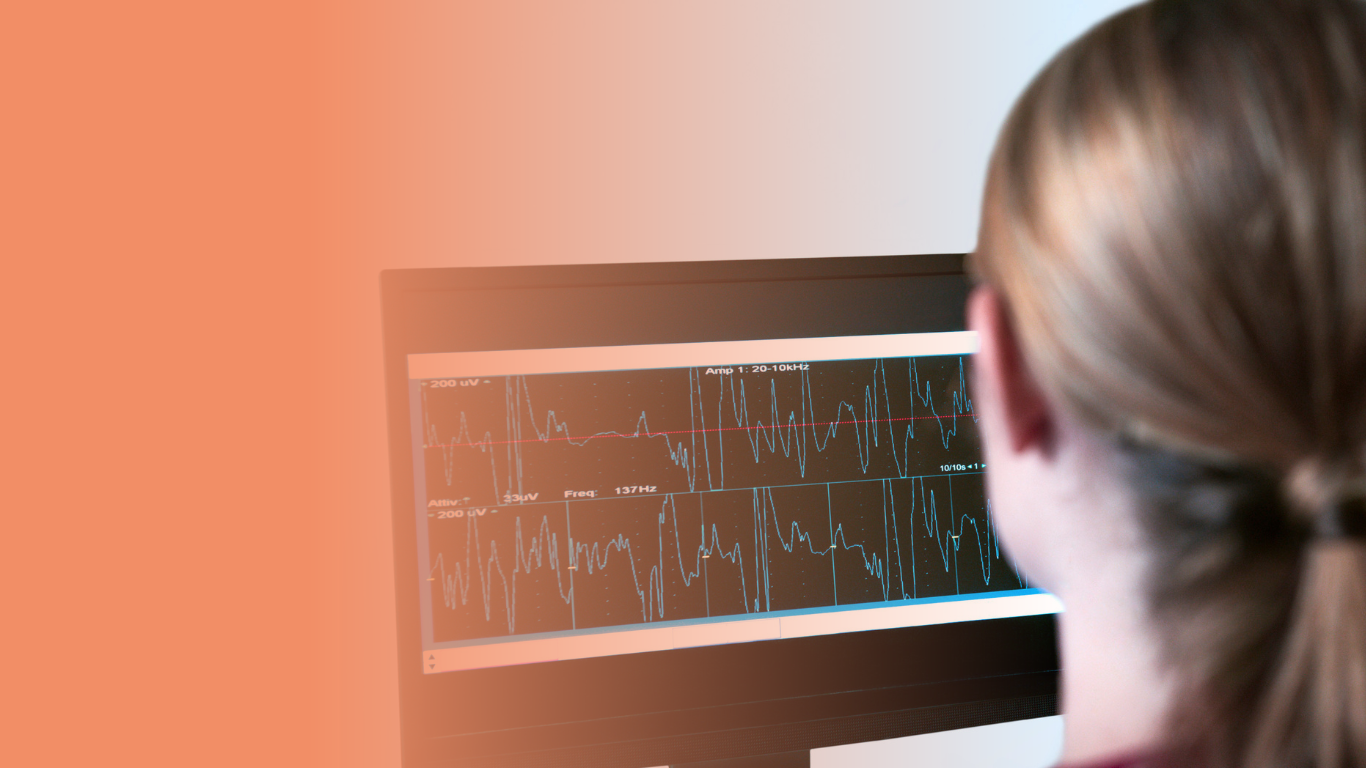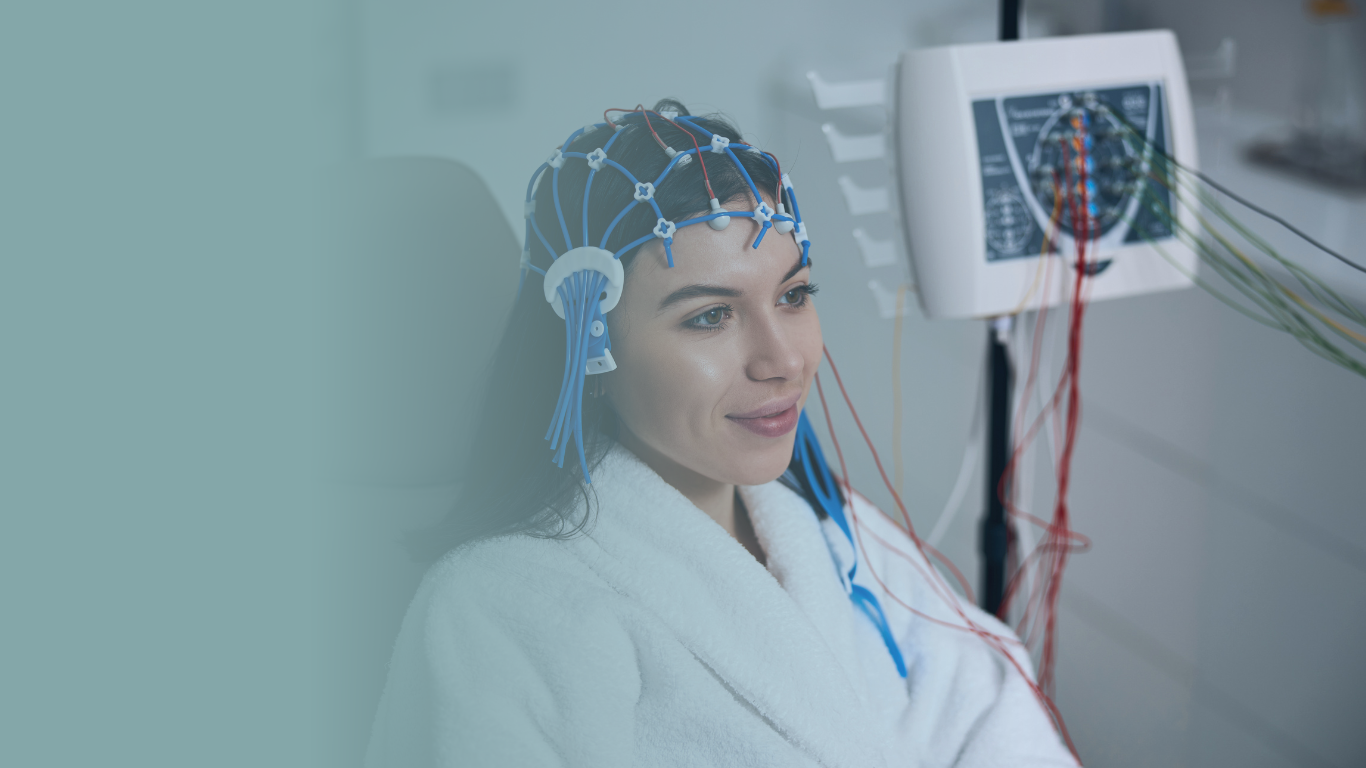Understanding Routine EEG: A Key Diagnostic Tool for Brain Health
At Florida Neurology, our goal is to provide the best care through precise diagnostic tools. One of the most valuable tests for assessing brain function is the Routine Electroencephalogram (EEG). This non-invasive procedure measures electrical activity in the brain and is widely used to detect abnormalities that may indicate neurological conditions.
What is a Routine EEG?
A Routine EEG is a test that records electrical patterns in the brain. Small electrodes are placed on the scalp, and they capture the brain’s spontaneous electrical activity over a period of time, typically lasting 20 to 30 minutes. The test is completely painless and provides real-time data on brain activity.
Why is a Routine EEG Performed?
A Routine EEG is often recommended when patients experience symptoms that suggest potential neurological issues. These include:
- Seizures or epilepsy: EEG is one of the most effective ways to diagnose seizure disorders and determine the type of epilepsy.
- Unexplained fainting or blackouts: For patients experiencing frequent loss of consciousness, an EEG can help determine whether the cause is neurological.
- Head injuries: EEG can help evaluate brain activity after a traumatic brain injury.
- Sleep disorders: EEGs are sometimes used to investigate sleep issues that may stem from neurological causes.
How Does a Routine EEG Work?
During a Routine EEG, small, flat electrodes are placed on the scalp with a gel-like substance to ensure they stay in place. These electrodes pick up the electrical impulses generated by neurons (nerve cells) in the brain. The EEG machine then amplifies these signals and records them as waves on a computer, allowing doctors to analyze the brain’s activity patterns.
What Can a Routine EEG Diagnose?
EEG is a critical tool for diagnosing conditions such as:
- Epilepsy: Identifying abnormal brain waves that indicate seizures.
- Brain tumors: Detecting changes in brain activity associated with tumors or growths.
- Brain infections: EEG can help spot infections that affect brain function, such as encephalitis.
- Dementia: EEG may assist in diagnosing cognitive disorders like Alzheimer's disease by revealing slowed brain activity.
What to Expect During a Routine EEG
Routine EEGs are safe, non-invasive, and comfortable for patients. You may be asked to relax or perform simple tasks like deep breathing during the test. In some cases, lights may be flashed to observe how your brain reacts to stimuli. After the test, your neurologist will interpret the results and discuss the next steps in your care plan.
Why Choose Florida Neurology for Your Routine EEG?
At Florida Neurology, our team of experienced neurologists uses the latest EEG technology to provide accurate diagnoses for a wide range of brain conditions. Whether you're experiencing seizures, unexplained fainting spells, or other neurological symptoms, a Routine EEG can offer valuable insights into your brain’s health.
Our commitment to personalized care ensures that you receive the best possible treatment based on a thorough understanding of your condition. Contact us today to schedule your EEG and take control of your neurological health.
Other Services
FAQs
What is the difference between a migraine and a tension headache?
Migraines are severe headaches often accompanied by nausea, vomiting, and sensitivity to light and sound, typically affecting one side of the head. Tension headaches cause a dull, aching pain around the forehead or back of the neck and head without the additional symptoms of migraines.
How is Alzheimer's disease diagnosed at Florida Neurology?
Alzheimer's is diagnosed using a combination of cognitive assessments, brain imaging (such as MRI or CT scans), blood tests to rule out other conditions, and a neurological exam to assess brain function and symptoms.
What treatment options are available for stroke patients at your Stroke Clinic?
Treatment options include thrombolytic medications (to dissolve clots), endovascular procedures (to remove clots or repair ruptured vessels), blood-thinning medications, and rehabilitation therapy to help patients regain mobility, strength, and cognitive abilities.
What are the early signs of cognitive and memory disorders, such as dementia or Alzheimer’s disease?
Early signs include memory loss, confusion, difficulty with problem-solving, changes in behavior, trouble with language, and disorientation in familiar settings or with time.
What causes vertigo, and how is it treated?
Vertigo can be caused by inner ear issues, such as benign paroxysmal positional vertigo (BPPV), Meniere’s disease, or vestibular neuritis. Treatment often includes vestibular rehabilitation exercises, medications to reduce dizziness, and in some cases, procedures to reposition inner ear particles.
How can I manage chronic migraines?
Chronic migraines can be managed with prescription medications like triptans, Botox injections, lifestyle changes (avoiding triggers, improving sleep), stress management techniques, and preventive medications to reduce frequency.
What is the process for diagnosing Multiple Sclerosis (MS)?
MS is diagnosed through a neurological exam, MRI to detect lesions in the brain and spinal cord, lumbar puncture (spinal tap) to check for abnormal immune activity in the cerebrospinal fluid, and evoked potentials to measure nerve function.
What types of headaches do you treat at the Headache & Migraine Clinic?
The clinic treats various types of headaches, including migraines, tension headaches, cluster headaches, and chronic daily headaches caused by medication overuse or other factors.
What therapies are offered for patients recovering from a stroke?
Stroke recovery includes physical, occupational, and speech therapy to improve strength, coordination, communication, and daily functioning. Medications and lifestyle changes are also incorporated into long-term recovery plans.
How is Bell’s palsy treated, and how long does recovery take?
Treatment for Bell’s palsy often includes corticosteroids to reduce nerve inflammation, antiviral medications if a viral infection is suspected, physical therapy to restore muscle function, and eye protection to prevent damage. Most people recover fully within a few weeks to months.



